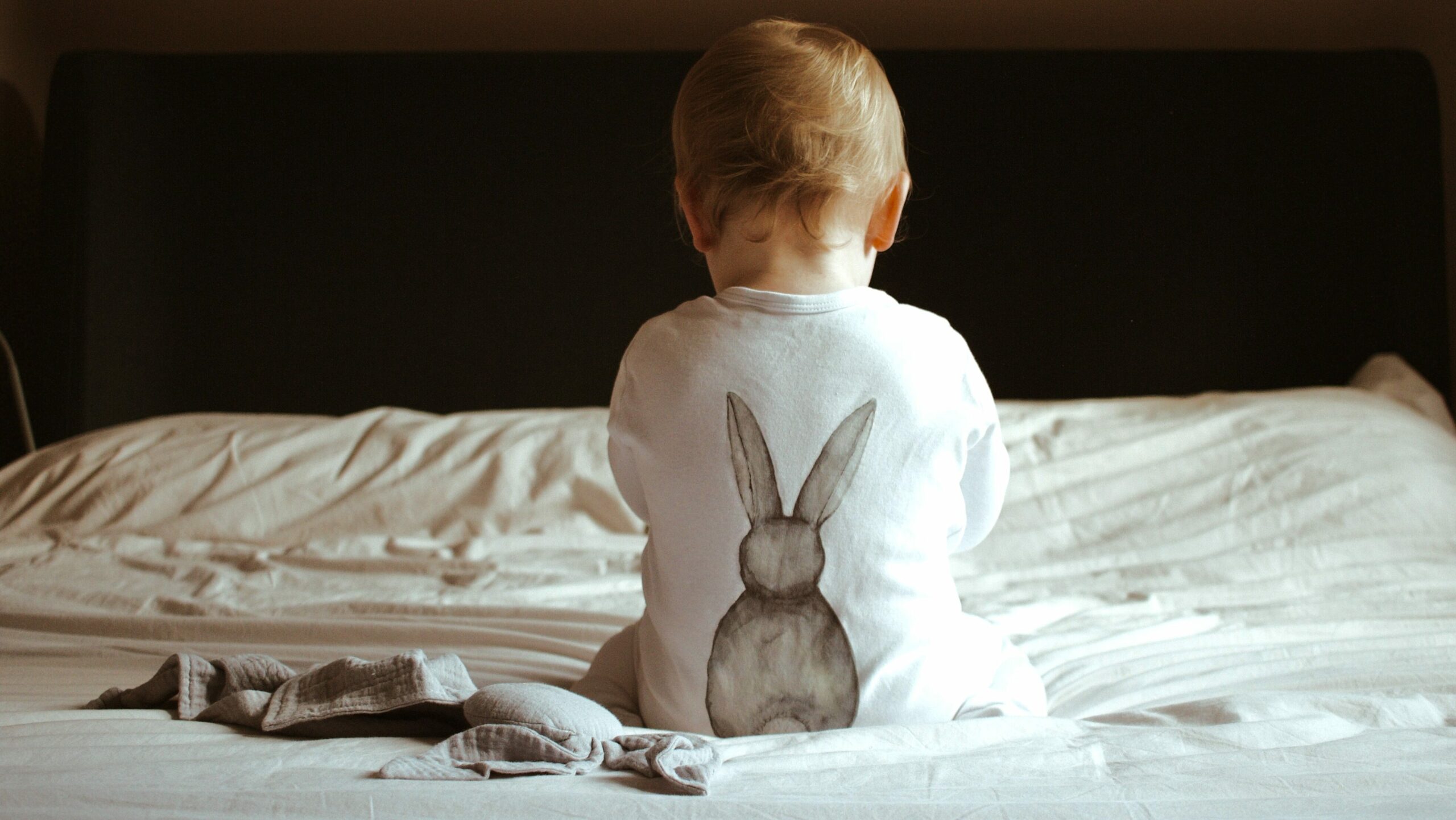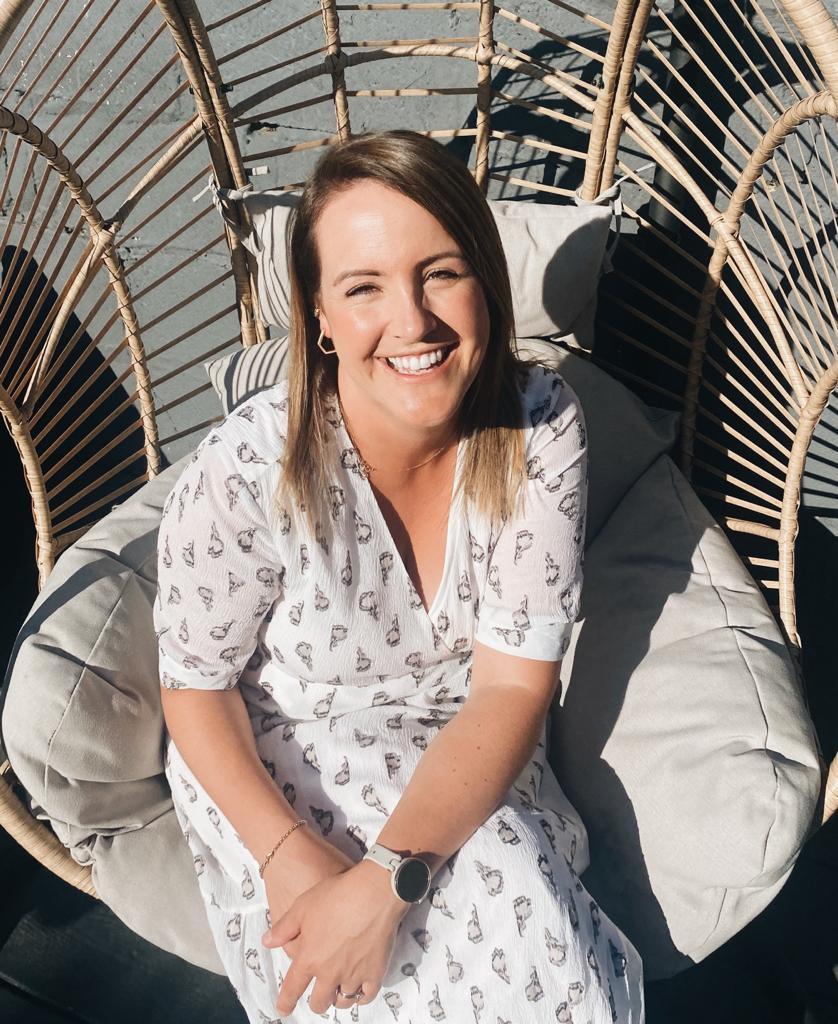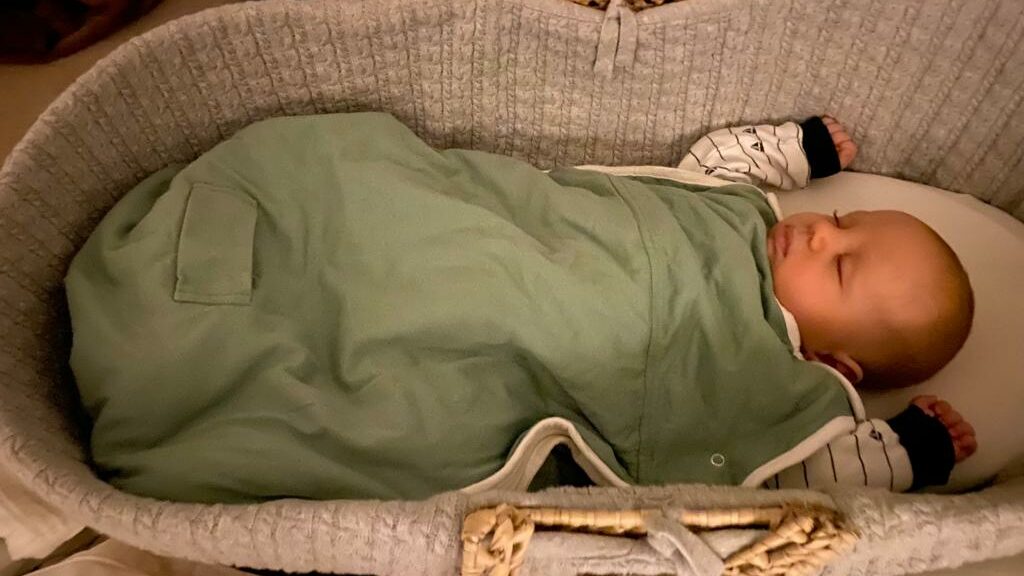Guest blog post written by Anna Knight, Founder and Director of Sleeping Bunnies and Bunnies in the Woods, sleep consultant, qualified teacher and Mum of 3.

What is a baby sleeping bag and when is a good time to introduce one?
A baby sleeping bag is a blanket that babies, toddlers and pre-schoolers sleep in. They aid and support little ones with their sleep habits and patterns. The styles do vary from brand to brand and many of them have different fastenings; most have a central or side zip and others have poppers. The most common aspect of a sleeping bag is that they cover the length of the baby/toddler or child’s body but more often than not, their neck, face and arms are not covered.
I usually recommend using a sleeping bag from around 8 weeks of age. I suggest transitioning from the swaddle at this age so that little ones have access to their hands and have the opportunity to integrate their ‘Moro reflex’ at the earliest point. The Moro reflex is an infantile reflex that babies are born with, where babies may spread out their arms (abduction), pull their arms in (adduction) and often cry. Between 3 and 6 months most babies integrate this reflex and subsequently it reduces the disturbance to sleep.
4 Reasons to introduce a baby sleeping bag;
1. They help to regulate babies’ and toddlers’ body temperature; As it is a fitted sleep tool it allows babies to maintain their body temperature, ensuring they are always covered at all times and preventing little ones from waking up cold because they wriggled out of loose covers. You can also change the ‘tog’ of the sleeping bags to suit the room temperature/ time of year.
2. They are good for ensuring safe sleep practice; They prevent babies from sliding under bedding as they are fitted around the neck and underarms to ensure the baby’s head is never covered. Do check out the Lullaby Trust to learn more about how sleeping bags ensure your baby is sleeping safely.
3. Baby sleeping bags help babies, toddlers and children to feel safe and secure; they offer proprioception feedback that allows your baby or toddler to have a sense of self in space. Lots of little ones sleep well when they feel cosy, and have contact and pressure, the sleeping bag may offer your little ones all of these without them needing to request anything from you.
4. Lastly, they act as a visual and physical sleep cue; Just seeing their sleeping bag can have a huge impact on their readiness and awareness of ‘sleep time’. It not only acts as a physical cue for sleep (feeling it’s time for sleep as they get zipped in) but when they see it it’s the start of their settling to sleep. I would recommend popping it on just before they settle to sleep to really make use of the ‘association for sleep’.

About the author: Anna Knight has worked with children for 18 years in a variety of different professional capacities. Sleeping Bunnies is a sleep consultancy and all Sleep Coaches offer friendly sleep support that is tailored to the needs of each family and each individual situation. Find out more and book your first consultation here.

